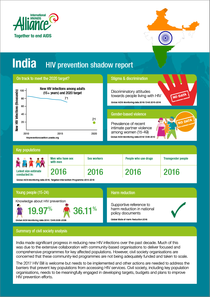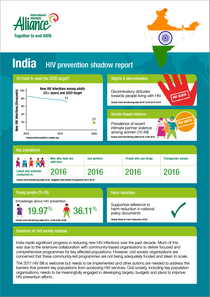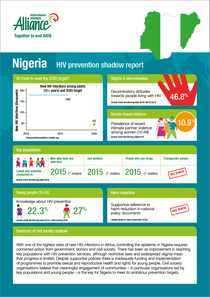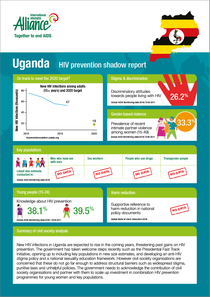HIV prevention shadow reports 2018

These reports analyse the performance on HIV prevention of some of the countries with the highest HIV burden in the world.
Developed by civil society and community organisations, they provide an assessment of how countries are meeting the targets on the 10-point action plan of the HIV prevention 2020 road map agreed by the Global HIV prevention coalition, and include specific recommendations to governments.
This article was written as the International HIV/AIDS Alliance, before we changed our name to Frontline AIDS.



-1_fact.png?1532087747)



-1_fact.png?1532087838)